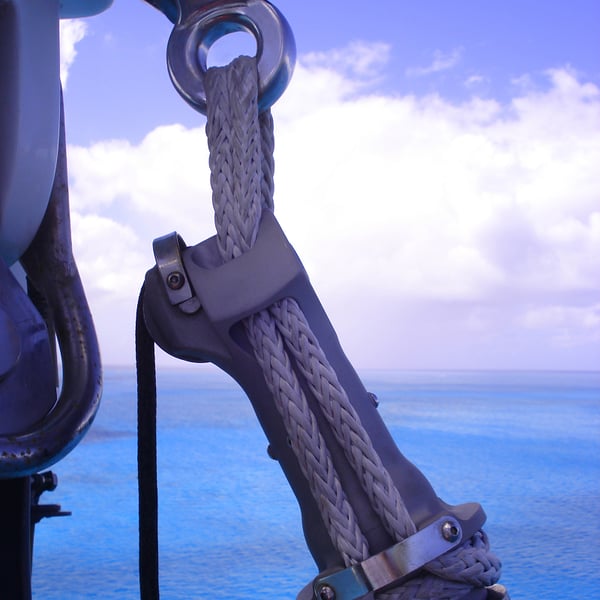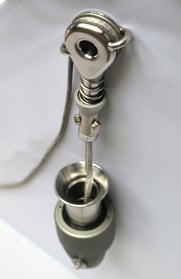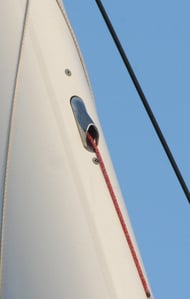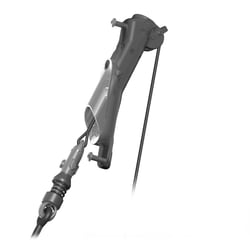
By: Andy Rice, SailJuice
Co-owner of independent rigging company, Rigging Projects, Nick Black is one of the most sought-after riggers in the business. One way or another Nick’s work has made its way into most of the top tiers of the sport - the America’s Cup, Volvo Ocean Race, Vendée Globe, the grand prix circuits like the TP52s, and in the superyacht scene.
In all of these worlds, reliability is paramount. Here, Nick explains why locks have started to take hold at the top of the sport, and why the rest of the sailing world should sit up and take notice of this fast-developing and increasingly reliable technology
Can you really put your trust in locks?
‘There’s a stigma around locks that isn’t deserved. And it’s a shame for sailors to miss out on this technology because things have really developed a great deal over the past couple of decades.
Back in the early 2000s, locks were only just coming into the market, and were starting to be used in the America’s Cup and other big grand prix circuits like in the IMOCA Open 60s. However, there were reliability problems, with sails getting stuck and crew being unable to lower sails without sending someone up the rig. Those stories can hang around for a long time but the reality is that developments have actually moved on much faster than the old stories have gone away.
More than a decade ago, companies like Facnor and Karver were already well on the way to developing very reliable lock systems as well as the mast manufacturers themselves, like Hall Spars and Southern Spars.
Multi-hull sailors have tended to adopt lock technology quicker than in the mono-hull scene, and I think that’s partly because most multi-hull sailors tend to be more open to new ideas and trying things out. Even then, locks remain a big topic of discussion among the multi-hull scene and when we were advising a client recently about fitting out a high-tech 68ft multihull, there is sometimes a bit of reluctance to adopt lock technology.

These days, that reluctance is misplaced. Once you’re familiar with how locks work now, and the different lock options available, the benefits are too big to ignore. Those benefits include being able to use much smaller halyard diameters and significantly reducing compression in the mast tube.
 Swivelling Lock
Swivelling Lock 
About the author
Andy Rice is a UK-Based European and National Title holder for various types of Racing boats. He started his career in yachting journalism in 1992, writing for Seahorse Magazine. Rice now works as a journalist and copywriter for many different clients and magazines. In between his Sailing Intelligence commitments, he still manages to write regular columns for Seahorse, ShowBoats International, Yachts & Yachting and Boat International.
Andy also runs a site for keen sailors, SailJuice.com.



